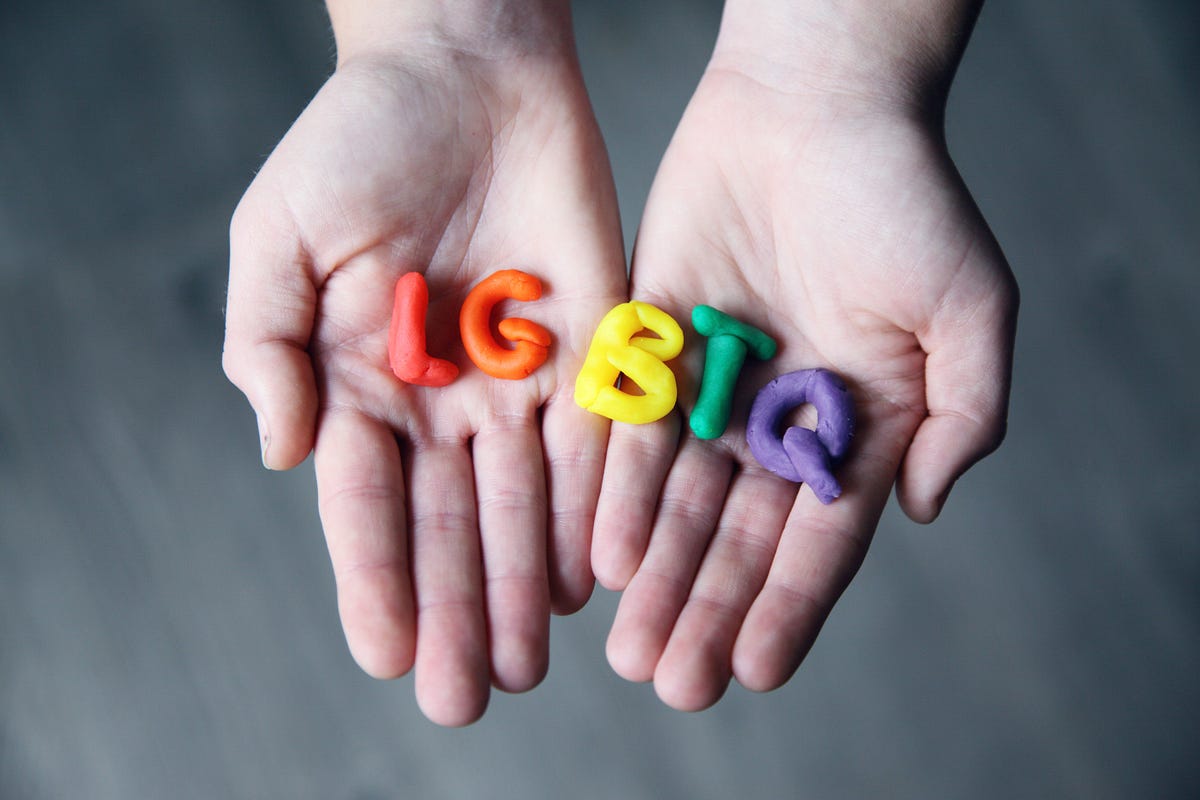Transgender Community in India- Evolution

Introduction
The question of the identity of a human being is determined by the moral dictates and the society they live in. Individuals who showed the courage to challenge these either with their personalities or sexual orientation, often have been abandoned and shunned by society. They suffered at the hands of their own families who ridiculed them and even disowned them. With no option left, such people had no option but to resort to beginning or signing in weddings to make their living. Though the Indian Constitution promises discrimination of all sorts, yet the harassment and violence these people witness mostly remain unnoticed. Unfortunately, several times it’s seen that the rights granted to such people hibernate on papers only. This draft paper subsequently aims at highlighting the historical evolution of transgender people analyzing their position in the jurisdiction, understanding the social and legal rights of this community.
Historical Evolution of the Transgender community in India
The historical evolution of the transgender community has been seen in the Mughal period, British period, post-Independence and contemporary period. During the Mughal’s reign transgender held a high position, they were political advisors and also administered in the empire. In the British period, transgenders had several land and food benefits. In the contemporary period, various new policies and schemes were launched for the social and economic benefits of the transgender community. The transgender community with time has been seen comprising individuals identified as Hijras, Eunuchs, Kothis, Aravanis, Jogappas, Shiv-Shaktis, etc. Eunuchs meaning ‘keepers of bed’ have existed since 9th century BC, who were castrated men kept to guard women of the royal household. The third gender is recognized in Vedic culture and the Vedas (1500 BC- 500 BC) describes individuals as one of the three separate categories according to one’s nature or ‘Prakriti. There are references to three kinds of devas of music and dance as read in Puranas: Apsaras(females), Gandharvas (male), and Kinnars (neuter).
Transgenders- The community no longer cherished
In the 18th century, during British Rule, the acceptance of the transgender community was seen. They were living on the fringes of Indian Society and encountered major discrimination at workplaces, jobs, public places, etc. The condition of transgenders deteriorated with the society seeing them and treating them as ‘different’ and started secluding them as the most ridiculed people and a living choice contradictory to nature. This left them resorting to beginning and prostitution to earn their livelihood. For instance, in 1994, transgender persons were given voting rights, but this failed because issuing them voter’s identity card got held because of the question of male or female. Many of them were denied cards because of their sexual orientation. On 15th April 2014 the transgender community was recognized as a separate identity post the landmark judgment by the Supreme Court in ‘National legal Services Authority v. Union of India & Ors, 2014’. Despite the significant steps taken by the judiciary, transgender individuals with different sexual orientations still face intolerance, discrimination, and exclusion in society. We still throw money at Hijras to refute them away and by doing this we not only insult them on the basis of humanity but also ignite a feeling of ridicule among the society. Hence, it’s not only important to pen down laws but also to bring them to action for the upbringing of the transgender community.







